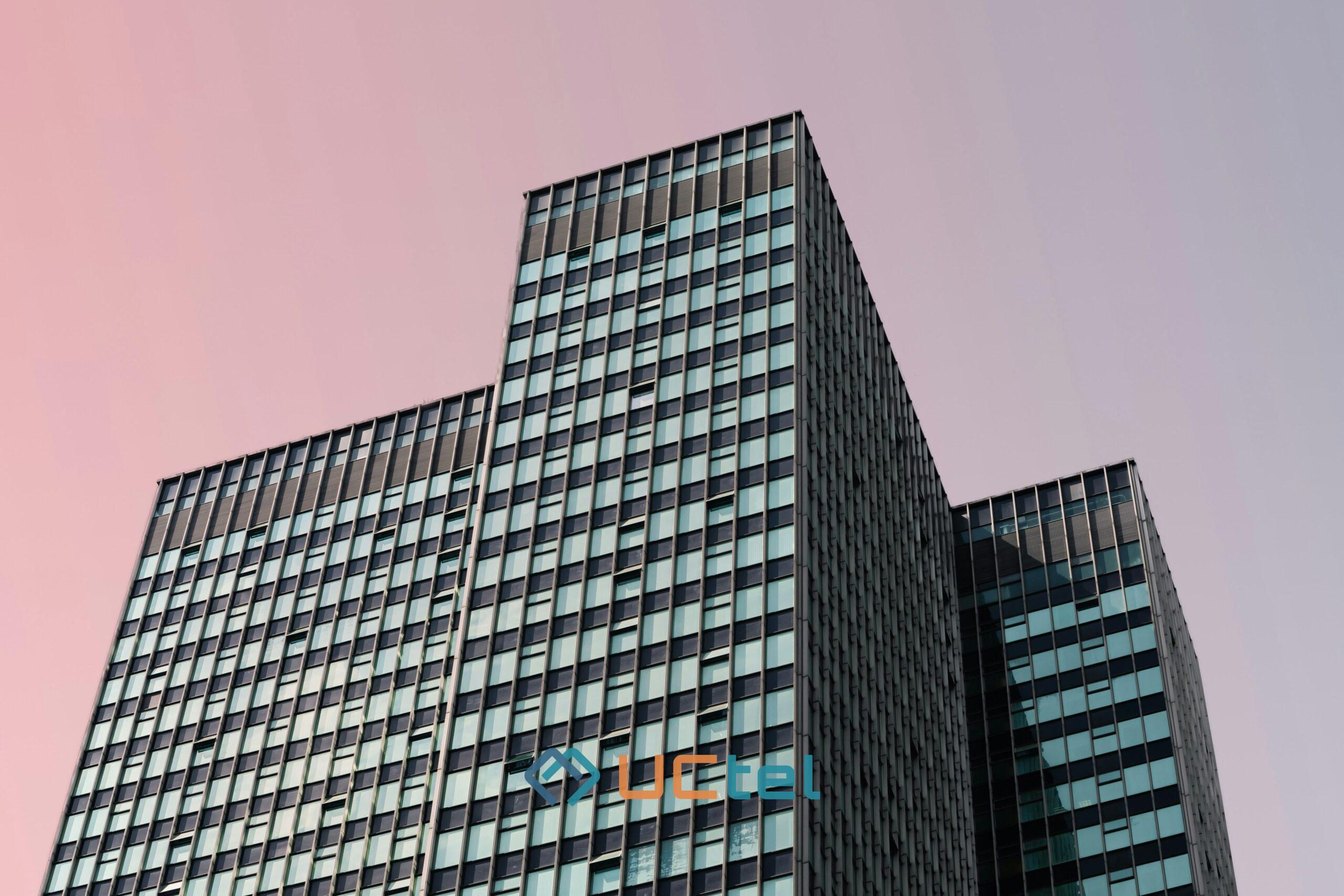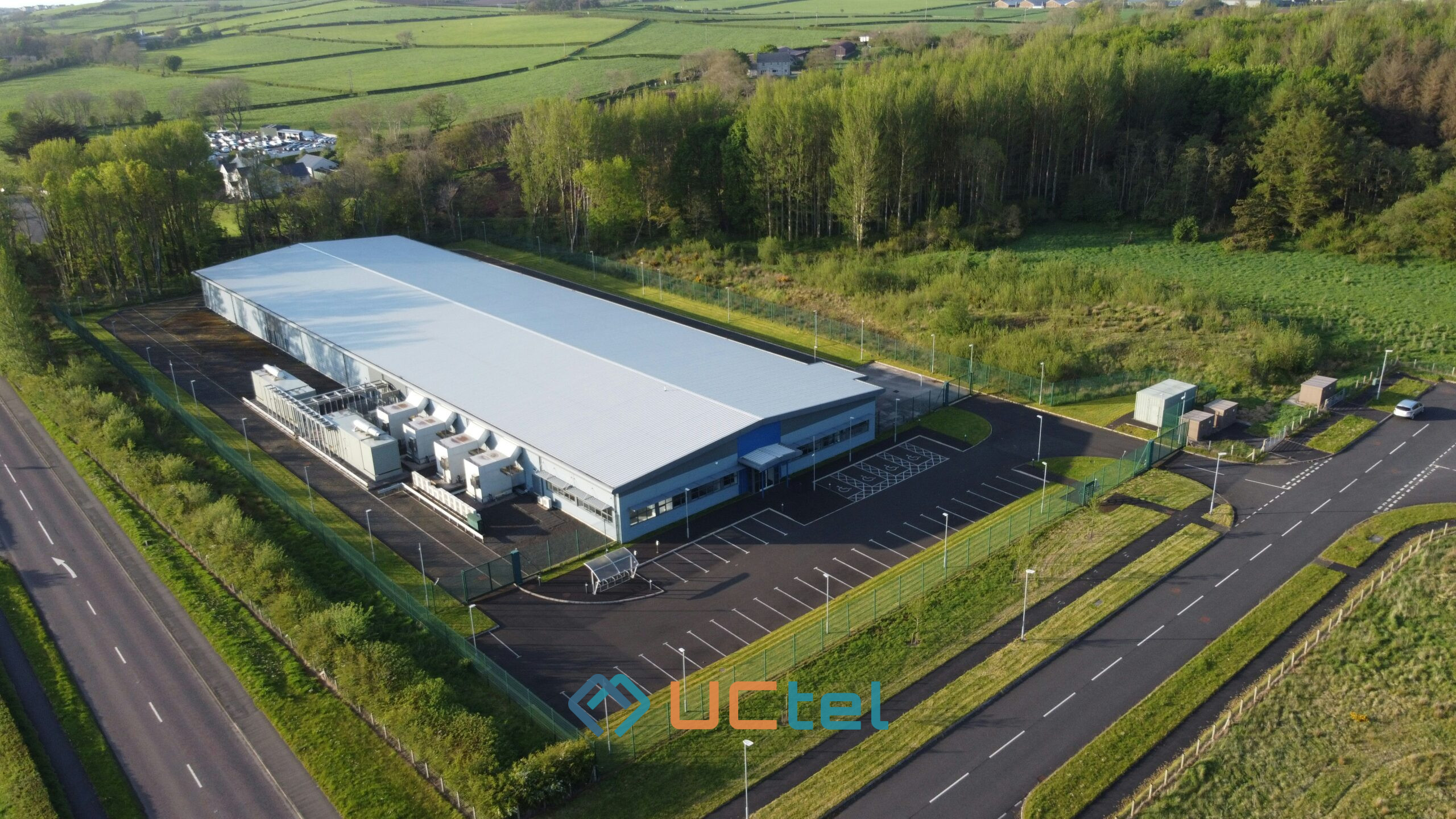Best way to combine DAS and mobile signal boosters?

Table of contents
- 1. Follow-Up Questions
- 2. Why Combine DAS & Boosters? Use Cases & Motivation
- 3. Understanding DAS, Boosters, and Their Overlaps
- 4. Designing a Hybrid System: Architecture & Component Choices
- 5. Gain Planning, Isolation & Oscillation Avoidance
- 6. Monitoring, Maintenance & Control Integration
- 7. Cost & ROI Comparison
- 8. Next Step: Design a Hybrid Coverage System with Confidence
- 9. Frequently Asked Questions
Updated September 2025
A hybrid deployment combining DAS (Distributed Antenna Systems) and mobile signal boosters can offer optimal indoor mobile coverage while balancing cost, capacity, and deployment speed. The key is to define where each technology fits, ensure system stability through gain and isolation planning, and integrate both into a unified, manageable architecture.
Follow-Up Questions
Why would you combine DAS and boosters instead of using just one?
- Because DAS provides scale and multi-operator capacity, while boosters offer simplicity and speed for targeted zones. Combining them enables phased investment and better cost-performance fit.
How do boosters typically integrate with DAS?
- Boosters often serve as the front-end amplifiers feeding donor signal into a DAS backbone, or they supplement DAS coverage in fringe areas.
What design risks should you avoid in hybrid systems?
- Oscillation, gain imbalance, improper antenna isolation, feedback loops, and mismatch in signal distribution can destabilise the system.
What are the regulatory issues to consider?
- Carrier approval, power/gain limits, and device certifications are crucial. Hybrids may blur the line between booster and network equipment, so compliance must be verified.
Can you monitor both DAS and booster components from a single interface?
- Yes — but only if the architecture is designed for it. Unified monitoring platforms that expose booster KPIs and DAS metrics in a single dashboard are ideal.
Why Combine DAS & Boosters? Use Cases & Motivation
While both Distributed Antenna Systems (DAS) and mobile signal boosters aim to improve in‑building cellular coverage, their optimal use cases differ. Boosters are simpler and lower‑cost, often sufficient for modest coverage zones. DAS systems provide scalable distribution of cellular signals across large, complex structures, supporting multiple operators and high traffic volumes.
Combining both enables flexibility:
- Start with boosters, expand to DAS later
- Use boosters in zones with strong donor signal
- Add boosters as overflow or temporary coverage zones
This phased approach balances investment, performance, and upgradeability.
Understanding DAS, Boosters, and Their Overlaps
Boosters (Repeaters) amplify and re‑broadcast an outdoor cellular signal indoors using passive antennas and coax.
Passive DAS resembles booster setups but relies on centralised amplification with coax distribution.
Active DAS distributes signals via fibre to remote antenna units (RAUs), reducing loss and improving coverage in large spaces.
Hybrid DAS uses active transport to key zones and passive coax from there to antennas.
When combining, boosters often serve as the donor source for DAS, or as supplements in isolated or fringe zones.
Designing a Hybrid System: Architecture & Component Choices
When combining DAS and signal boosters, your architecture determines whether you get synergy or instability. There are three common patterns to consider:
- Booster feeds DAS backbone as signal source: Here, a signal booster acts as a front-end BDA (bi-directional amplifier), capturing donor signal from outside and feeding it into a DAS system (active or hybrid). This setup lets you scale coverage via the DAS while keeping the donor capture simple.
- Boosters supplement weak DAS zones: In large or complex buildings, DAS coverage might not reach fringe areas or basements. Here, you can deploy standalone boosters as edge supplements, but careful RF planning is critical to avoid interference or feedback with the main DAS.
- Multiple boosters serve separate wings: For sites divided into distinct zones (multiple buildings, floors), separate boosters can feed local DAS segments. These zones can then be aggregated via fibre or linked into a common monitoring and control plane.
Key components include:
- A BDA or high-performance booster serving as headend.
- Fibre or digital transport infrastructure to reach remote units or distribution nodes.
- RAUs (Remote Antenna Units) or passive coaxial splits feeding antennas.
- Directional donor antennas and service antennas correctly placed.
- Filters, isolators, splitters, and combiners for signal shaping.
- Centralised monitoring systems to manage both the booster and DAS portions.
Design goals should always include:
- Adequate gain headroom to compensate for distribution loss.
- A well-controlled loss budget across the signal path.
- Minimal oscillation risk through isolation and clean layout.
- Redundancy where feasible (dual paths, spare RAUs).
Gain Planning, Isolation & Oscillation Avoidance
The greatest risk in hybrid booster + DAS systems is unintended RF feedback or unstable amplification. To mitigate this, follow these strategies:
- Antenna isolation: Always ensure significant spatial separation between donor and service antennas, using directional antennas and shielding when needed.
- Controlled gain: Never operate amplifiers at their peak gain. Leave margin to absorb path losses and tolerate minor changes without tipping into oscillation.
- Proper splits and filters: Avoid impedance mismatch by using high-quality splitters and load unused ports. Use bandpass or diplex filters to eliminate unwanted frequency overlap.
- Stepwise commissioning: Power up the system incrementally. Validate KPIs (gain, VSWR, SINR) at each stage to detect issues before they cascade.
- Avoid physical coupling: Don’t co-locate booster and DAS service components in ways that create RF loops. Watch for unintended proximity between input/output cables.
With discipline in gain planning and spatial design, even complex hybrid systems can remain stable and reliable.
Carrier & Regulatory Considerations
Combining boosters and DAS creates a grey area that may raise carrier or regulatory scrutiny.
- Carrier approval: While boosters are often certified and may not need explicit carrier consent, DAS—especially active or multi-operator—typically does. If you feed a DAS via a booster, align with carrier standards.
- Regulatory compliance: Check local rules (FCC, Ofcom, etc.) for limits on output power, gain, and emissions. Some hybrid setups can unknowingly exceed legal thresholds if not audited.
- Multi-operator support: You may need separate amplification paths or filters per carrier. Don’t just merge signals unless isolation and intermodulation protection is in place.
- Emergency services integration: Many DAS networks must carry public safety radio (e.g. fire, EMS). Your hybrid system must accommodate these channels without interference.
- Documentation: Keep architectural drawings, gain budgets, compliance certificates, and commissioning records updated. You may need them in audits or carrier escalations.
Monitoring, Maintenance & Control Integration
Don’t let your hybrid system become an operational blind spot. A key benefit of DAS is distributed control—and your booster elements should be equally visible.
- Central monitoring dashboard: Unify booster and DAS KPIs into a single interface. This includes input/output power, alarms, gain levels, RAU status, and link quality.
- Remote diagnostics and tuning: Enable remote access to tweak gain, disable paths, reboot elements, or pull logs. Useful for troubleshooting or adjusting coverage.
- Alerting and thresholds: Set alarms on both booster and DAS components—e.g. when gain drops, link fails, RAU goes offline, or oscillation risk rises.
- Version control: Maintain config backups, change logs, and rollback options in case updates disrupt the system.
A unified operations layer simplifies troubleshooting, enforces consistency, and supports SLAs.
Migration Strategies: From Booster to DAS, or DAS with Booster Add‑ons
Most facilities won’t deploy a full DAS + booster hybrid on day one. You’ll likely evolve into it. Here’s how to manage the transition:
- Start lean: Deploy boosters in high-demand zones first (e.g. lobbies, basements), using certified BDAs.
- Pre-provision for DAS: Run extra fibre, conduits, and power to areas that may later get RAUs. Design your core to scale.
- Modular rollout: Use modular RAUs and splitters to grow DAS zone-by-zone without disrupting live service.
- Parallel operation: During upgrades, operate booster and DAS in parallel. Carefully balance coverage and avoid over-amplification.
- Staged budget: CapEx can be split into phases. Define upgrade milestones based on occupancy, demand, or compliance needs.
By planning with future DAS integration in mind, you avoid costly redesigns and extend your ROI.
Cost & ROI Comparison
| Scenario | Recommended System |
| Small site | Booster or Passive DAS |
| High density, large site | Full Active DAS |
| Medium or evolving site | Hybrid DAS + Booster |
Hybrid offers faster deployment and lower cost than full DAS, with room to grow. Compare capex, upgrade flexibility, and operational cost over 5–10 years.
Next Step: Design a Hybrid Coverage System with Confidence
Need to scale from boosters to DAS — or combine both in a smart way?
Talk to a Uctel engineer to get an audit of your situation.
Frequently Asked Questions
Is it safe to run boosters and DAS in parallel in the same building?
- Yes — if isolation is properly planned and gain levels are managed. Poor separation can lead to oscillation.
Can a booster feed directly into an active DAS?
- Yes, with the right interface (typically at the DAS headend). The booster becomes the signal source.
Do all carriers need to approve hybrid systems?
- Usually yes for DAS. Boosters can sometimes bypass approval if certified. Hybrids may require approval, especially if multi-operator.
How do you test stability in a hybrid setup?
- Commission gradually, check each segment for oscillation, intermodulation, or mismatches before full activation.
What’s the lifespan of a hybrid DAS/booster system?
- With proper planning and upgradeability, 7–10 years is realistic. Modular components help extend lifespan.





